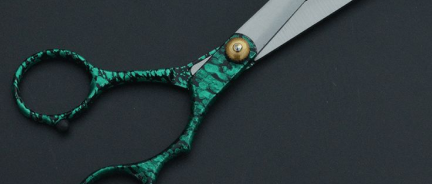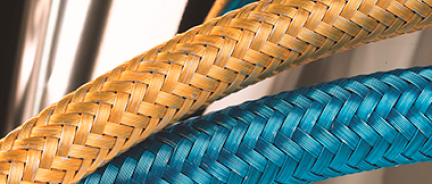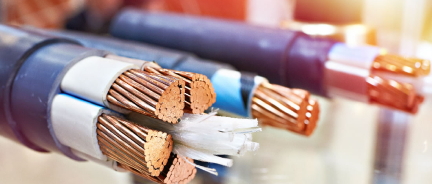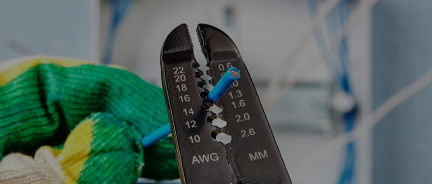Extension Cord vs. Lamp Cord: Can You Use Extension Cables In Lighting?

Light and thin extension cords are compared to light cords all of the time to the point that they can be confused while placed on the same table. Read this to find out the conditions for using your extension cords instead of lamp cords.
What is a lamp cord?
Lamp cord is a flexible stranded wire that connects small appliances like lamps to a wall via a socket. Some portable power cables, like SVT, are also considered lamp cords. You can read more about other applications of these cables here. Several commonly accepted lamp cords include SPT, SVT-1, and SVT-2.
Breaking Down Common Types of Lamp Cords
- SPT-1 is commonly known as a zip cord. It is an 18 AWG wire with a stranded conductor. The two wires in this cable run parallel. The cable has thermoplastic insulation. It is a very common lamp cord used in floor and table lamps. SPT-2 is a similar cord with thicker insulation.
- SVT is a portable power cable intended for different small appliances, including lamps. It is a vacuum cord, first and foremost. However, they are also used in lamps. One of the most popular ways to use them is hanging pendants. SVTs can carry more weight than SPT but are progressively less flexible.
Similarities Between Extension Cables And Lamp Cords
The extension cable that usually gets compared to the lamp cords is the light-duty extension cord, which is the lightest one in the range of extension cables present on the market. A light-duty extension cord is thinner than others, and its appearance is the same as a regular lamp cord like SPT. They also have the same gauge as lamp cords. For this reason, light-duty extension cords can be used in lamps, such as small light-fixtures.
Can Extension Cords Be Used In A Lamp Instead Of A Lamp Cord?
The answer to this question is yes. Extension cords are fine for lamp rewiring as long as the gauge and the specs are compatible. Depending on the lamp, the extension cords with gauges of 18 AWG and 16 AWG are acceptable for lights as long as they are light-duty extension cords. For table lamps, a better choice is an 18 AWG extension cord.
However, several important factors must be accounted for extension cords to work in a lamp cord. Extension cords that are used in lamps have to be flexible. Most extension cords available on the market are usually less elastic than regular lamp cords. Therefore, this factor has to be accounted for. Moreover, light-duty extension cords must be operational without signs of tear and wear. It is the best strategy to use new extension cords for lamp wire.
The extension cords that are used in lamps, like table ones, should be able to carry at least 13 Amps. As long as all the safety measures are accounted for, lights are probably some of the safest ways to use extension cords.
Can you use an extension cord for LED strip lights?
Extension cords can be easily used in things like LED strip lights, which are generally very low-power. Likewise, the rule still stands that the light load current should be less than the cord rating, and all the safety measures should be tended for.
Can you use extension cords in all types of light fixtures?
Yes, extension cords can be, at least theoretically, used in all types of light fixtures as long as the gauge is correct. However, we recommend opting for more permanent light fixtures for lamp cords.
The interchangeability of extension cords and lamp cords do not generally go both ways. You cannot use lamp cords as an extension wire as they do not have plugs that make a cable an extension cord.
Nassau National Cable stocks different kinds of lamp cords at excellent prices, including Type SPT 300V cables,and Type SVT 300V cables. The company also offers Heavy-Duty Multi Conductor Extension Cord.


















